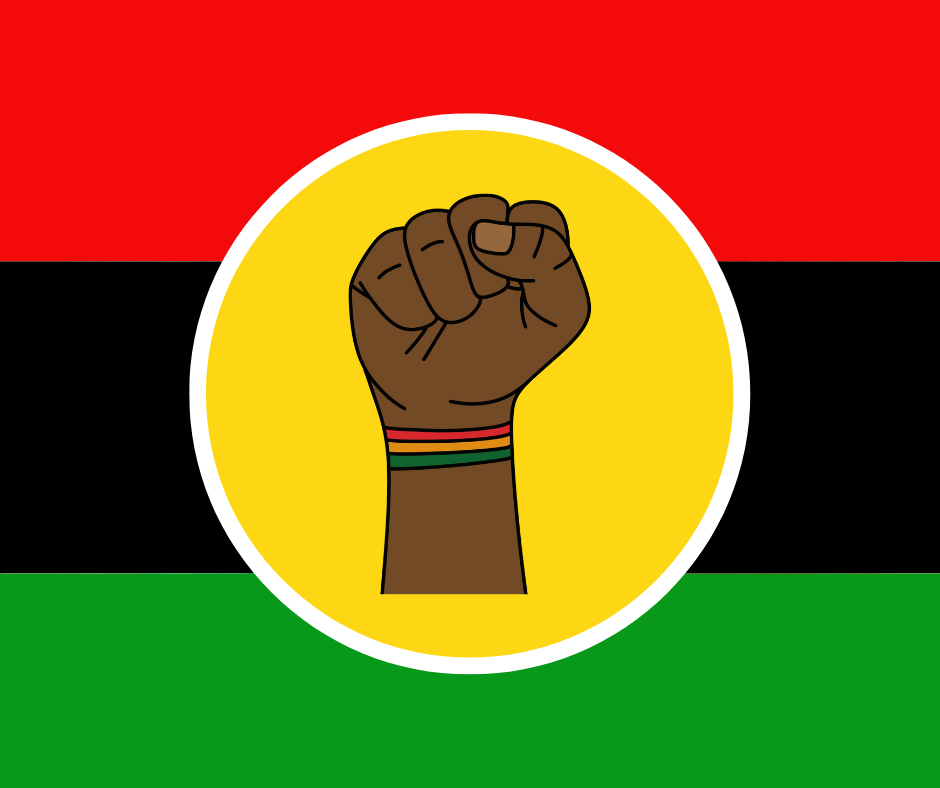Hair, hair, hair, hair… Grow it, show it… Long as I can grow it… My hair.. I want it long, straight, curly, fuzzy, snaggy, shaggy
“Hair” by the Cowsills (1968). Songwriters: Galt Mac Dermot / Gerome Ragni / James Rado
Ratty, matty, oily, greasy, fleecy, shining, gleaming
Streaming, flaxen, waxen, knotted, polka dotted
Twisted, beaded, braided, powdered, flowered and confettied
Bangled, tangled, spangled and spaghettied…
Hair © Sony/ATV Music Publishing LLC
Most people will agree that across the majority of world cultures, “hair” is considered one of the most important aspects of an individual’s identity and a marker of their relationship to the society in which they participate in. Hair is something that is uniquely personal, too, as it grows out of the body but it is also very public as it is often on full display for all to see and admire or judge and ridicule.
Hair can also symbolize a person’s social status, including marital status and social class, religious and/or spiritual affiliation, heritage, ethnicity and family background. For some cultures, hair symbolizes fertility and divine strength–the longer, thicker and healthier the locks, the increased likelihood the person is strong and virile. For other cultures, certain hairstyles and practices indicate royalty or strength during war times. As such, the meanings used to define and measure a person’s beauty, femininity and masculinity, freedom and resistance is expressed with hair. Therefore, hair not only impacts an individual’s self esteem and how they see themselves but can represent to others their personality, thoughts and beliefs, depending on how the person chooses to wear it.
For African descended cultures in particular, the valuation and development of specific and unique hair practices that we see today date as far back as ancient African civilizations, including the Egyptians, Himba, Fulani, Mbalantu, Wolof and Zulu Bantu peoples, to name a few. Intricate braiding techniques for both males and females that include box braids, cornrows, twisted locks, bantu or Zulu knots and the use of ochre, silver coins, beads and cowrie shells are intended to signify wealth, social status and ceremonial rites as well as simple adornment and lifestyle practicality.
But the African descendants’ history and experience with colonialism and neocolonialism globally has meant that “Black hair” specifically carries race and gender connotations that are influential in the way most people think about notions of Blackness and Black identity.
In the Americas, African descendants relied on and passed down their ethnic group’s hair practices to style their hair in ways that were more conducive to the strenuous, forced labor they engaged in. At the same time, these hair styles were also used as various modalities of survival and resistance; the braided styles were used as maps or means of communication between African descendants and as a way to transport familiar seeds and grains to be sowed and used to sustain themselves when moving from place to place.
Still, African descendants remain subjected to racialized and gendered European idealism and notions around beauty and social status that elevated those with more European hair textures and features (read: straight, clean, soft and professional) as having “good hair” and rendering those with tighter hair coils and curls as having “bad hair” (read: woolly/nappy, dirty, coarse and unprofessional).
African American entrepreneurs and inventors such as Madame CJ Walker and Garrett P. Morgan at the turn of the 20th century and through the 1960s, developed the use of hot combs and chemical hair straighteners (i.e., congolene gel/conk and later “creamy crack” relaxers) to be the popular choice of hair styling tools and techniques that transformed Black hair to conform to idealized notions of nonBlack beauty. The development of these products for African descendants were deemed necessary for their economic opportunity and mobility in mainstream society.
By the 1960s and 1970s, the global expansion of Rastafarianism and the development of the Natural Hair Movement meant there was a space for Black resistance and activism against the pressures of such conformity. The “Afro,” sported by Angela Y. Davis, Jimi Hendrix and the like, quickly became an important style choice. In essence, a different modality of Black identity that framed freedom, liberation, survival and empowerment was expressed through hair as “Black is beautiful.”
Although chemical hair processes such as the Jheri Curl as well as “creamy crack” remained popular from the 1980s through the early 2000s, we see the Natural Hair Movement and its rhetoric continue to grow and gain traction among African descendants globally. Musicians such as India.Arie and Akon in “I Am Not My Hair” (2006) and Solange Knowles in “Don’t Touch My Hair” (2016) put forth lyrically-conscious songs that highlight the need to celebrate Black self-love while acknowledging the impacts post-traumatic slave syndrome (PTSS) has had on both the positive and negative adaptive behaviors African descendants have developed. We also see an increase in the number of organic and all-natural hair products, advertisements and protective hairstyling services (e.g., lace-front wigs, weaves and braids) for “naturally textured hair,” and development of laws and policies that offer legal hair protections for African descendants with “natural hair” from hair discrimination in the workplace and by TSA personnel.
In an upcoming podcast episode of Tuesdays Tea, my co-host Jaronda and I take up this topic and discuss Black hair and the current state of the Natural Hair Movement and what it means today as it relates to contemporary Black identity politics. Will you join us?
Love to hear your thoughts.


















Comments.
Billie
I’m a student of Dr. Chipembere, and she suggested I follow your blog.
I love it soooo much! I’m also listening to your podcasts!
admin
Hi Billie! Thanks for your comments and subscribing. Glad you are enjoying the posts and the podcast episodes. Appreciate your support. Continue writing and listening in. Be sure to share with your friends too! See you again soon, Yndia